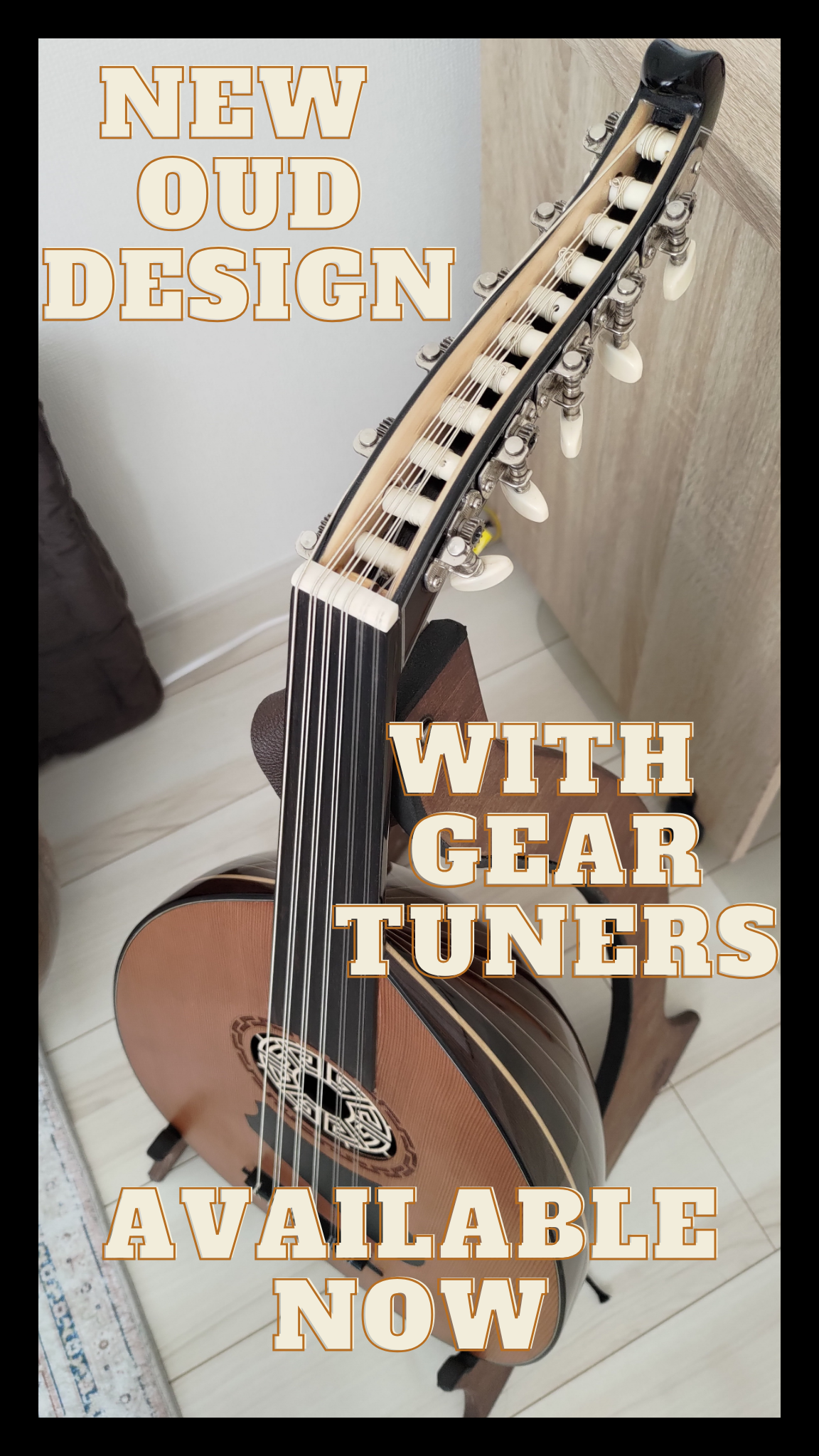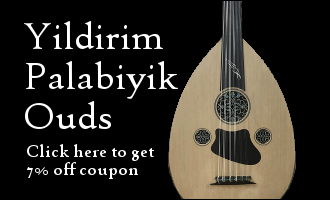When you get your first Oud, one of the first things you’re going to research is “How do you tune an Oud”.
You’ll come across a bunch of tunings.
When it comes to Arabic and Persian Oud tunings, you’ll come across 3 or 4 primary ones.
Low to high string: (Capital letters are the wound strings, and lower case are plain nylon/fluorocarbon)
CFADgc (AKA Do – Do as in solfege “Do Re Mi, etc.)
CGADgc (AKA Do – Do)
DGADgc
And one more:
FADgcf
This one is sometimes called Iraqi tuning, or Fa Fa tuning. Another Iraqi tuning is FCDgcf.
As an Oud player, you’re going to have to buy strings depending on what tuning you want to use. And when you get your Oud you’re going to need to figure out what kind of strings on on your Oud.
Figuring it out is a more complicated answer (best to ask the person you bought it from).
There are two camps out there when it comes to Oud tunings. Fa Fa and Do Do.
I prefer Do Do. Here’s why.
Make sure you Click here to sign up to get the Free Ultimate Beginner’s Guide Email Course.







Hi Navid,
Your “Why I hate Fa/Fa tuning” video was an interesting and thought-provoking. Although I am totally new to playing oud, I am a professional musician and play several other stringed instruments, with frets and fretless, with single strings and multiple double courses, so I can at least relate to this issue.
I get your point that you don’t really hate Fa/Fa tuning so much as to dissuade other from using. I actually happen to like it, not so much to replace the Do/Do tuning entirely , but as “another flavor” for the oud. When you played “Longa Nakriz” in F minor using Fa/Fa tuning you played mainly in the first and half positions, while playing the same sing in F minor using Do/Do tuning, required playing the high passages higher on the fingerboard (3rd, 4th and/or 5th positions). Other options include transposing to another key to accommodate the vocal range or the singer.
I recently tried a 13-string oud (tuned Do Fa LA Re Sol Do Fa) and was fascinated by the timbre, resonance and range of that instrument, with a full, robust Bass notes and sparkling clear trebles. I tuned this oud using DO as a reference and tuning the rest or the strings using harmonics. Some find the harmonics of Do (Do, Sol, MI, Si behold, Re) to be dissonant with some the harmonics of Fa (Fa, Do La MI behold, Sol).
I just happen to like it.